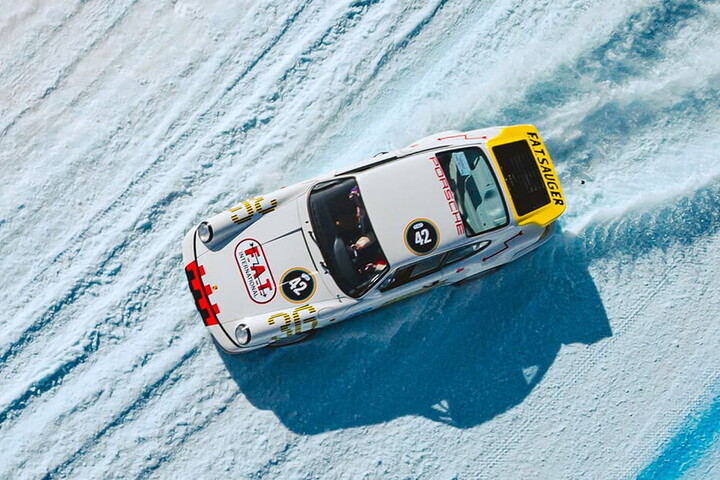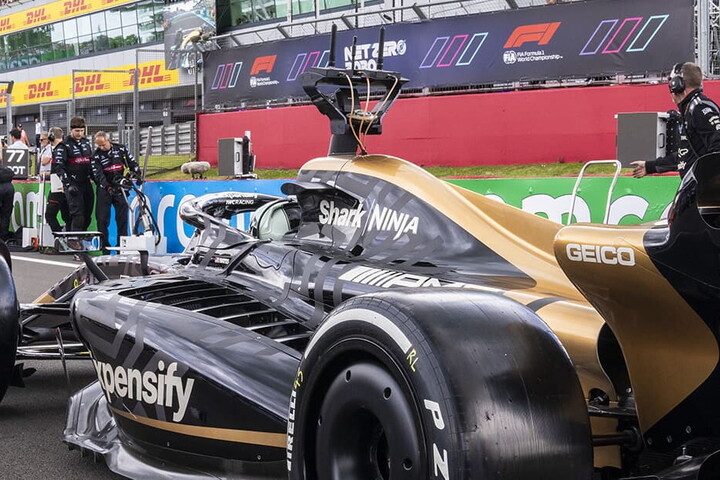Innovation is the foundation of Pirelli's success. From pioneering safe, high-performance tyres made from bio-based and recycled materials for a new generation of electric vehicles (EVs) to designing the virtual factories of the future, this is a company where innovating through research and development (R&D) is instinctive. But it's also based on a carefully orchestrated model that blends R&D employees with an open innovation network. Pierangelo Misani, the company's Chief Technical Officer, describes how it's done.

How would you describe the importance of R&D at Pirelli?
R&D has a central role in Pirelli. We are focused on the high-value sector, where the competition is tougher and performance is extremely important – now more and more not only in terms of sporty performance, but also in terms of reduction of environmental impact, comfort and so on. That's why innovation is the absolute foundation of success for us.
What have been your key challenges in adapting to the industry's move towards EVs?
There are several challenges posed by electric vehicles for tyres: they are heavier, they have enormous torque, they rely on their battery range – which is intimately connected to the tyres' rolling resistance – and there is a comfort factor from internal and external noise. Getting all these things right is extremely difficult for a tyre.
Talk us through the evolution of Pirelli Elect tyres for EVs.
We work very closely with OEMs (original equipment manufacturers): we become their development partners, so we have the opportunity to anticipate what will happen in the market not in three years' time, but in five years' time. And because of our exposure to such a high number of projects with our partners, we have been able to develop Elect in advance as a new technology and then apply it to new products through selected organisations. We now have more than700 homologations for tyres on EVs from car manufacturers and that's because we have been able to make the first move in this.
How does R&D contribute to Pirelli's objective of having the first tyre containing 100 per cent non-fossil materials by 2040?
We have a path to take us to a fully non-fossil origin tyre and have adopted two parallel approaches. One is concept tyres, which demonstrate the highest use of innovation: three years ago, we developed a concept tyre with Volvo made from 94 per cent non-fossil materials. But some of these materials can only be produced at laboratory-scale today, so we also have to think about a second approach that can produce at industrial scale – which is exactly what we did with the P Zero E. It's the first tyre on the market with a Triple A rating on the European label for rolling resistance, with at least 55 per cent of materials coming from recyclable or natural resources and the fossil content reduced to less than 40 per cent – and this on a whole product range and on the tyre with the highest technology we have in terms of performance and safety.
Can you describe how drivers benefit from Pirelli's investment in R&D – for example, with the pioneering CyberTM Tyre system?
Our focus on the end user is seen in our guideline: we call it Eco-Safety design. We have to give the end user the best performing and safest tyre we can while continuing to make it always more sustainable in terms of materials used and reduction of environmental impact.
The connectivity of our new CybeTM Tyre may help from this point of view, because if the car recognises which tyre is fitted and what the current driving conditions are, then the system can optimise the car's stability and braking to stop the car more quickly. That would help reduce the risk of accidents. It may also help cut the weight of the tyre by lowering the thickness of the tread, thus improving fuel efficiency, because the CyberTM Tyre's ability to detect aquaplaning and consequently allowing control of the vehicle will do some of the work usually done by very deep grooves in the tread pattern.
How is artificial intelligence (AI) affecting how Pirelli's R&D works?
We use AI to create a computer-based digital model of a proposed tyre design before even making a prototype. We can then test this digital twin of a tyre on a car with a driving simulator. The computer tells you how the tyre fits with the characteristics of the car on the specific circuit and all this is based on algorithms that we develop based on physical laws. We're also working with digital twins of factories. We can use this ‘virtualisation' approach to design factories and also to improve or support the management of factories in live conditions using the Internet of Things.
You have 2,100 people in R&D in 11 countries – how are their roles divided up?
We have an R&D network around the world which feeds into the Milan Headquarters where the fundamental innovation is heavily concentrated.Through this network, we can experiment locally to validate and refine the ideas generated in Milan. We can also address the specific needs of specific markets. For example, in the US, mileage is king. In Europe, it's safety and sustainability first. China is sustainability with robustness. Different markets have different needs.
The most important thing to say is that it is our people, our brains, our human resources, who are the key to our success today in R&D. We have recently been going through a comprehensive programme of upskilling and reskilling in the new competencies that are coming in: digital, connectivity and car dynamics. And we think that the biggest asset we have today – by far – is the quality of our human resources, matching two things: the old guys like me with experience and the new recruits who are digital natives.
Can you describe the nature and importance of Pirelli's ‘open innovation' model, involving partnerships with universities, suppliers and car makers?
We have 2,100 employees in R&D, but our development capacity is much higher because of our open innovation concept. We link with universities to conduct research and with suppliers to make the new materials emerging from this research on an industrial scale. And with our customers, OEMs, to apply this and bring it to market. Of course, when you go for an open innovation network you also have to be protected and we have more than 6,000 patents, in everything from products (including CyberTM Tyre) to materials and manufacturing processes.




